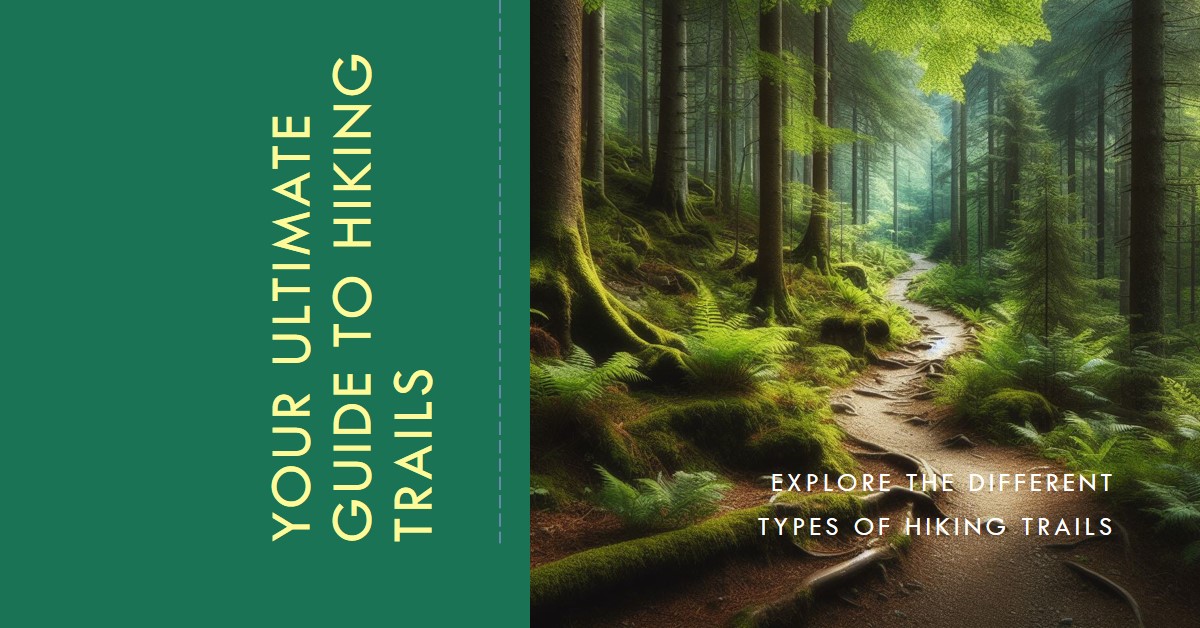Teaming up with a trusty sleeping pad can transform your outdoor sleeping experiences, delivering insulation and comfort to your door… or tent flap! Ready to embark on an exhilarating camping or outdoor adventure?
One item that should top your camping essentials list is a reliable sleeping pad. Acting as your plush protector against the cold, hard, and often uneven ground, sleeping pads pack not only insulation but also much-needed cushioning. Whether you’re a battle-hardened outdoors enthusiast or a fresh-on-the-scene beginner, mastering the art of sleeping pad setup and use is a non-negotiable skill.
In this article, we will walk you through a step-by-step process to extract maximum benefits from your sleeping pad, ensuring a rejuvenating slumber under the stars. So, tighten your hiking boots and prepare for a deep dive into the world of sleeping pads.
Table of Contents
Choosing Your Sleep Savior: What To Look For When Buying A Sleeping Pad
Getting your hands (and back!) on the perfect sleeping pad depends on a few key factors, which if considered wisely, can unlock the door to restful outdoor sleeping. Weight and portability are definitely the first two to pierce through the daunting maze of options. Remember, your trusted sleep companion should be light-weight and easy to lug around on strenuous backpacking trips. Sleeping pads that are light in weight, easily compressible, and composed of packable materials hit this bullseye.
Insulation and temperature rating play a key role in defining the warmth offered by the sleeping pad during chilly nights in the wilderness. Pads with higher insulation and temperature ratings play melodies on the harps of insulation- to keep you cozy and protected from the freezing earth below.
Don’t underestimate the power of comfort offered by the right thickness of a sleeping pad. Choose one with ample cushioning to support your body and shield you from the unforgivingly uneven terrain. Taking this a step further, sleeping pads that offer adjustable firmness levels elevate your outdoor sleeping experience, ensuring that it aligns perfectly with your comfort preferences.
Inflation and deflation mechanisms should be user-friendly, able to quickly transform your pad into a sleep sanctuary or compress it back into a light, portable package. Ideally, your pad should inflate and deflate quickly and effortlessly with the help of a pump, built-in valve or even your breath.
Noise and durability should also make it to your checklist. Noise-reducing features promise a peaceful night under the stars, minimizing disturbance caused by tossing and turning. Additionally, you need a pad that can withstand the trials and tribulations of outdoor escapades, thanks to durable materials and solid construction.
Building Your Outdoor Bedroom: How to Set Up Your Sleeping Pad
Creating the perfect, cozy, and comfortable sleeping arrangement while camping or hiking is an art- one that begins with cleaning up the designated sleep area. Bid adieu to any rocks, sticks, or debris that may cause discomfort or damage your sleeping pad.
Preparing the ground is the next crucial step- look for a flat and level surface that is free from any sleeping pad enemies (read: sharp objects). This not only protects your sleeping companion from potential harm but also guarantees a stable and comfortable sleep surface.
Now, it’s showtime for your sleeping pad- unroll it carefully and inflate it as per the given instructions. Different pads employ different inflation methods– while some require manual breath-work, others are inflated using an air pump. It pays to spend some extra time completely inflating the pad for maximum comfort.
Secure your sleeping pad in position to avoid any unexpected sliding or movement through the night. Use straps or other attachments provided by the manufacturer to keep everything locked- leading to a peaceful and uninterrupted night.
Achieving Maximum Comfort: Sleep-Worthy Tricks And Tips
Your sleep position holds the magical key to unlocking extreme comfort with your sleeping pad. Experiment with lying on your back, side, or front and see what suits you best. Combine this with good spinal alignment and use pillows or rolled clothes for extra neck, back, or hips support.
Providers of amazing camping experiences, sleeping pads should be inflated to a level where they form a supportive surface that moulds itself perfectly to your body structure. However, be mindful of over-inflation- it’s all about finding the perfect balance between contouring and alignment.
For those seeking additional padding, a clever trick is to place a folded blanket or clothes beneath the sleeping pad. This simple action can alleviate pressure points and skyrocket overall comfort levels.
Partnering your sleeping pad with the right sleeping bag can spell a dramatic difference in sleep comfort. The sleeping bag and pad should work together seamlessly to optimize insulation and comfort. Sleeping bags equipped with a pad sleeve or straps keep the pad firmly in place, preventing annoying shifting and promoting high-quality sleep.
Adequate insulation is the holy grail of warmth during sleep. Make sure your sleeping pad is generously insulated to ward off heat loss to the ground. Adding an insulating blanket or sheet between the pad and the ground is a wise move to further enhance warmth.
Caring For Your Sleep Partner: Maintenance Tips For Sleeping Pad Longevity
Proactive maintenance of your sleeping pad guarantees longevity and functionality. Here are some guidance pointers:
Squeaky Clean and Dry Sleeping Pad
Use mild detergent and lukewarm water for cleaning your sleeping pad- steer clear from harsh chemicals or abrasive cleaners. Once cleaned, rinse thoroughly and let it dry completely before storage.
Patching Small Tears or Leaks
Regularly inspect your sleeping pad for any minor tears or leaks. If spotted, use a specialized repair kit designed for your pad material and follow the instructions to the letter. This ensures a secure and waterproof repair job.
Safe Storage Of The Sleeping Pad
Store the sleeping pad in a clean, dry, and well-ventilated area when not in use. Be sure to roll it up tightly or fold it as instructed by the manufacturer. Stray away from storing it in extreme temperatures or close to sharp objects that can potentially damage the pad.
Avoidance of Sharp Objects and Rough Surfaces
Prior to setting up your outdoor bedroom, clean the area thoroughly to avoid sharp objects or rough surfaces that could potentially harm your sleeping pad. Regular ground inspection and elimination of potential hazards ensure the long lifespan of your trusted sleep companion.
Sleeping Pad Use FAQ: Quenching Your Curiosity
How do you use a sleeping pad?
Comfort and insulation in the great outdoors are no longer luxuries, thanks to the humble sleeping pad. Wondering how you can maximize the level of relaxation it promises? Read on.
Every camping trip or outdoor adventure calls for a good night’s sleep, a goal made achievable through the use of a sleeping pad. Not only does this specialized camping gear insulate you from the biting cold ground, but also brings a cozy cushioning effect. Whether you’re an experienced camper or an outdoor novice, the knowledge on how to correctly utilize a sleeping pad is essential.
This comprehensive guide will lead you through the necessary steps to enjoy the numerous advantages your sleeping pad offers, ensuring you wake up refreshed and ready for action. Let us uncover the right practices for using a sleeping pad.
Unraveling a Sleeping Pad’s Secrets: What to Consider when Buying
Positioning a sleeping pad under your sleeping bag or atop a mattress ensures an insulating buffer and soft cushion. Inflate the pad or open the self-inflating valve, ensure it is laid flat on the ground and you’re ready to dream amid nature. When it no longer serves its purpose, remember to roll it up neatly and store it properly.
Why Should Camping Include a Sleeping Pad?
When camping, a sleeping pad proves to be more than a comforting accessory. It insulates you from the harsh cold or damp conditions of the ground, while cradling your body with its cushiony support. The result? A sound sleep that leaves you more in tune with nature and ready to face the next day’s adventure! Moreover, it safeguards your sleeping bag by preventing groundwater from penetrating through.
Searching for Comfort: How Thick Should a Sleeping Pad Be?
The thickness of a sleeping pad often boils down to personal preference and the type of camping planned. Typically, a pad with a thickness ranging between 2 to 3 inches guarantees decent insulation and comfortable sleep. But if you’re backpacking, consider resorting to a thinner pad, one with an R-value, apt for the temperatures expected during your trip.
Uncharted Territories: Can You Sleep Directly On a Sleeping Pad?
Absolutely, you can definitely sleep directly on a sleeping pad. But, we would recommend using a sleeping bag or a sheet as a topper for enhancing comfort while protecting the pad from grime or sweat. Designed to be slept on, sleeping pads are equipped to offer insulation, cushioning, and support for an impeccable night’s sleep.
Wrapping it Up
A sleeping pad, an underrated piece of camping gear, plays a significant role in ensuring your comfort during your outdoor endeavors. By providing insulation, support, and a comfortable sleeping surface, it enhances your sleep quality, preparing you for the next day’s conquests. With various models and features available in the market, it’s vital to select a pad geared for your camping requirements and comfort behavior.
By adhering to the tips and techniques shared in this guide, you can effectively use your sleeping pad, refining and reinventing your camping experiences to the fullest.
Frequently Asked Questions
What is the best method to use a sleeping pad?
Deploy your sleeping pad under your sleeping bag or on your mattress for optimal insulation and cushioning. Inflate it or use the self-inflating valve, ensure it’s lying flat on the ground, and it’s ready for sleep. When it’s time to pack, roll it up neatly and store it properly.
Is a sleeping pad necessary for camping?
A sleeping pad is far more than a luxury during camping, providing you with insulation to keep warm, and comfort for better sleep. It also safeguards you from the cold ground, and helps prevent moisture from seeping into your sleeping bag.
What should be the thickness of a sleeping pad?
Typically, a sleeping pad with 2 to 3 inches thickness offers good comfort and insulation. However, for backpacking, a thinner pad with an R-value corresponding to the expected temperatures should be considered.
Is it okay to sleep directly on a sleeping pad?
Yes, you can sleep directly on a sleeping pad. But for enhanced comfort and protecting the pad from dirt or sweat, it’s recommended to use a sleeping bag or a sheet over it.














